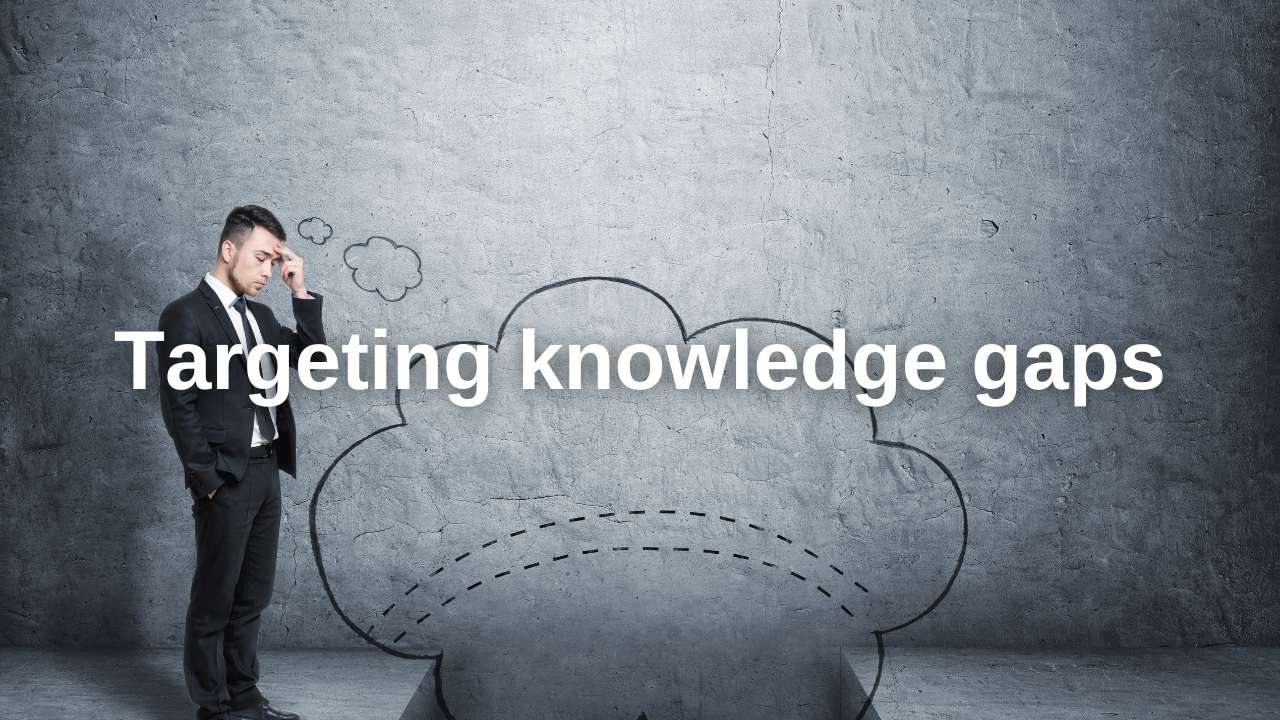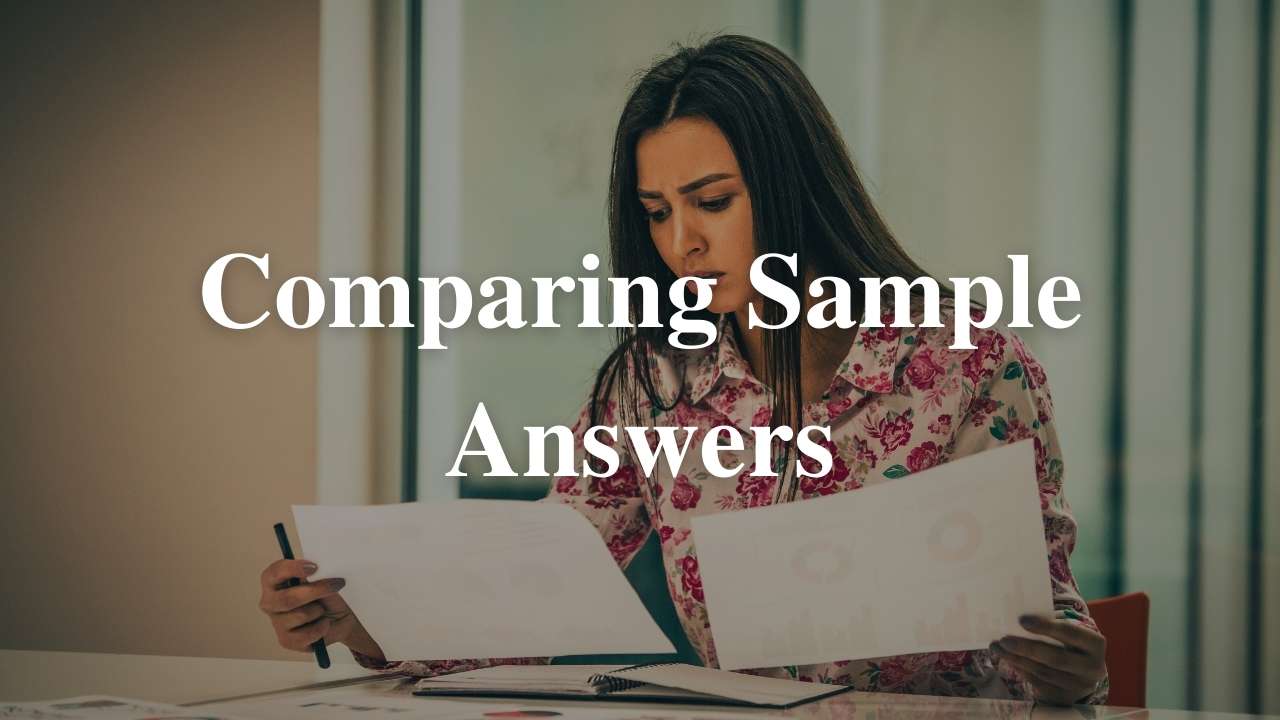“Explain why individuals, communities and governments should work in partnership on health promotion initiatives. Provide examples.” is question 24 in the 2014 HSC PDHPE exam and is worth 8 marks. This question relates directly to Health promotion based on the 5 action areas of the Ottawa Charter and the learn to: The benefits of partnerships in health promotion.
The term explain requires the answer to “relate cause and effect” or “make the relationship between things evident” providing the why and/or how. For “Explain why individuals, communities and governments should work in partnership on health promotion initiatives. Provide examples.” the marking criteria states that a band 6 answer “Provides explicit reasons why individuals, communities and governments should work in partnership on health promotion initiatives”.[1]
Below is a sample answer for “Explain why individuals, communities and governments should work in partnership on health promotion initiatives. Provide examples.”
Individuals, communities and governments should work in partnership on health promotion initiatives because it increases access to resources, empowers individuals and communities, is more cost effective and ensures complex health issues are addressed more effectively.
Working in partnership increases the health promotions access to resources. Such resources include money, research, experts in the health area, people, access to media, and connections with local communities. When such resources are shared it allows for health promotion initiatives that are more successful, as they align with research, address the demands of local communities and allow the workload to be shared. For example, the National Tobacco Strategy has partnerships between all government levels, local indigenous community groups (such as NCIE), correctional facilities, and even develop champions for the cause at the individual level to help reduce tobacco use amongst many, including the indigenous population (also patterns with Closing the Gap). Such praetorships have resulted in mass decreases in tobacco use since the strategy was implemented.
Partnerships between individuals, communities and governments helps to empower communities and improves the results of the health promotion. When community groups are involved in the planning, delivery and review of health promotions they are more empowered to take control of their own health resulting in more effective health promotion initiatives. This is particularly the case with ATSI, due to the history of having initiatives enforced upon them, rather than being involved in the process. As a result of governments partnering with indigenous community groups, Closing the Gap has been more successful than past health promotion initiatives with ATSI people. This is because indigenous people have been involved in the processes and have been empowered through the process.
It is clear then, that working in partnership helps to address the needs of individuals and communities, allows for a more comprehensive health promotion, with better results that empower people to act. Working in partnership is also more efficient as resources are shared, making the health promotion more cost effective and able to address complex issues more effectively.
This sample answer for “Explain why individuals, communities and governments should work in partnership on health promotion initiatives. Provide examples.” follows the SEAL approach to structuring answers and is explicit in its examples. Furthermore, it meets the marking criteria demands:
- provides explicit reasons why individuals, community and governments should work in partnership on health promotion initiatives.
- provides relevant examples to demonstrate the reasons for partnership.[1]
[1] HSC PDHPE exam marking criteria 2014






